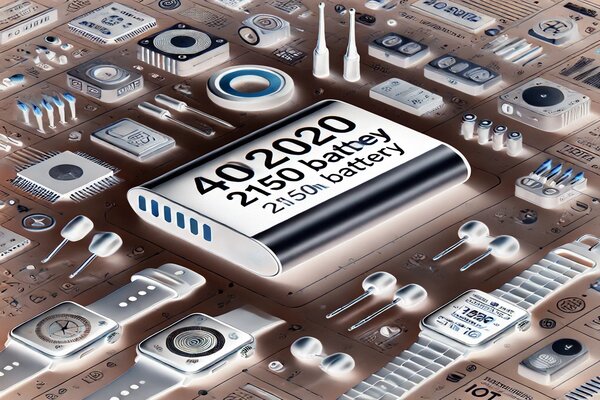Augmented reality introduction
AR signs for future navigation! Imagine a world where interactive, dynamic signage guides you seamlessly to your destination. AR technology is changing how we navigate, making it more convenient and efficient. Let’s explore how AR signs are changing how we move through spaces and the endless possibilities they offer various industries.

How AR Signs Change Navigation
AR signs are changing how we navigate. No more squinting at tiny maps or trying to understand confusing directions. AR signs overlay information on the real world through a digital display, helping users find their way.
These cutting-edge signs provide real-time data and dynamic updates to give users the latest information. You can easily find a store in a crowded mall or navigate a complex transportation hub with AR signs.
AR signs provide interactive and engaging navigation by integrating virtual and physical information. This technology offers endless ways to improve efficiency and convenience in retail, tourism, healthcare, and more.
Advantages of AR Signs over Traditional Signs
AR signs are changing our navigation. Real-time, interactive information is one of AR signs’ main advantages over traditional signage. AR signs can adjust to changing conditions and display user-customized data.
AR signs overlay turn-by-turn directions onto the user’s environment, making navigation easier. This technology overlays points of interest and safety alerts onto the user’s view, improving situational awareness.
By providing customized audio or visual aids, AR signs can improve accessibility for disabled people. This inclusive approach improves navigation for all abilities.
AR signs also enable location-specific advertising and promotions based on user interactions. In a cluttered digital landscape, this hyper-targeted approach helps businesses deliver more relevant messages to consumers and boost brand visibility.
AR Sign Applications in Different Industries
AR signs could revolutionize navigation in many industries. Imagine shopping in a store with AR signs directing you to the products you want, saving time and improving the experience.
AR signs can help patients navigate complex hospital buildings, reducing stress and speeding up access to medical facilities.
AR signs can improve road safety by showing real-time traffic conditions and upcoming hazards on windshields.
AR signs that offer interactive guides to historical sites or landmarks could enhance visitors’ experiences and boost tourism.
AR signage in schools could immerse students in virtual models and provide instant feedback. Endless possibilities!
Issues with AR Sign Technology
Augmented reality signs, like any new technology, have drawbacks. Integration with existing infrastructure and systems is a major challenge. When using AR signs in different environments, compatibility issues can arise.
Reliable connectivity and high-speed data transmission for real-time updates and interactions are another challenge. AR signs may be ineffective without a strong network. AR technology in public spaces raises privacy and security concerns.
Developers struggle to create intuitive user interfaces that improve user experience. Information delivery and visual aesthetics must be balanced to avoid overwhelming users. These issues must be addressed to maximize AR sign technology’s navigation potential.
How Data and AI Improve AR Sign Accuracy
Data and AI improve augmented reality sign accuracy. AR signs can provide precise and relevant guidance by using massive amounts of real-time data.
Data analytics optimize AR sign placement and content by analyzing user behavior. AI algorithms learn from user interactions to improve sign performance.
AI-enabled AR signs can better adapt to changing environments, providing accurate navigation in dynamic settings. Machine learning algorithms allow AR signs to anticipate user needs and make personalized recommendations.
Data-driven insights and advanced AI are changing how we use augmented reality signage for navigation.
Conclusion: The Exciting Future of AR Sign Navigation
AR navigation has a bright future. We can expect AR signs to change how we navigate and interact as technology advances. AR signs will become part of our daily lives because they provide real-time information, improve user experience, and offer endless possibilities for various industries.
AR signs have many future uses in transportation, retail, healthcare, education, and more. AR signs will improve wayfinding in airports and hospitals, store and museum customer engagement, and more.
AR sign technology faces cost and technical constraints, but data analytics and AI can help overcome them. AI algorithms and big data insights can improve AR sign accuracy and effectiveness for seamless navigation.
Embracing the exciting future of navigation with augmented reality signs shows that this innovative technology could change how we navigate physical spaces. Get ready to enter a world where digital overlays blend seamlessly with reality, guiding us effortlessly to our destinations and opening up new exploration and interaction possibilities. Augmented reality signage changes navigation and how we see and interact with the world.



